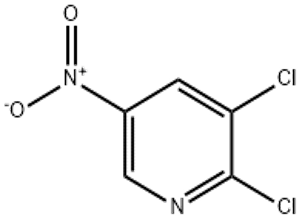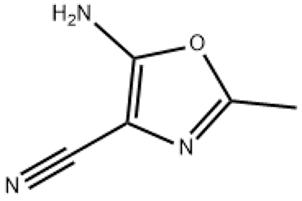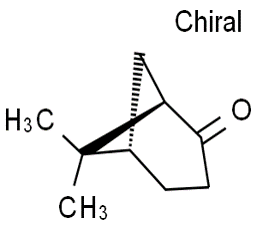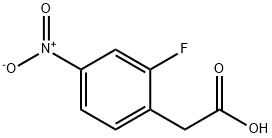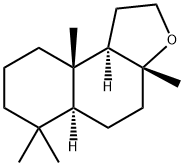2 3-DICHLORO-5-NITROPYRIDINE(CAS# 22353-40-8)
| Risk Codes | R36/37/38 – Irritating to eyes, respiratory system and skin. R43 – May cause sensitization by skin contact R41 – Risk of serious damage to eyes R37/38 – Irritating to respiratory system and skin. R25 – Toxic if swallowed |
| Safety Description | S26 – In case of contact with eyes, rinse immediately with plenty of water and seek medical advice. S36/37/39 – Wear suitable protective clothing, gloves and eye/face protection. S45 – In case of accident or if you feel unwell, seek medical advice immediately (show the label whenever possible.) S39 – Wear eye / face protection. |
| UN IDs | UN 2811 6.1/PG 3 |
| WGK Germany | 1 |
| HS Code | 29333990 |
| Hazard Class | IRRITANT |
| Packing Group | Ⅲ |
Introduction
2,3-Dichloro-5-nitropyridine is an organic compound. The following is an introduction to its nature, use, preparation method and safety information:
Quality:
- Appearance: 2,3-dichloro-5-nitropyridine is a colorless to light yellow crystal or crystalline powder.
- Solubility: Soluble in organic solvents such as chloroform, ethanol, ether and benzene.
Use:
- Preservatives: It also has an antiseptic effect and can be added to some products such as paints, wood, and plastics, among others.
Method:
- Normally, 2,3-dichloro-5-nitropyridine is obtained by reacting 2,3-dichloropyridine with nitric acid.
- The specific preparation process may involve some specific reaction conditions and catalysts, and the specific details need to be carried out in the chemical laboratory.
Safety Information:
- 2,3-Dichloro-5-nitropyridine is an organic compound that requires adherence to proper use and handling of chemicals, such as wearing protective gloves, goggles, and a lab coat.
- When storing, it should be kept in a dry, cool place and away from fire and oxidants.
- Avoid inhalation, ingestion, or contact with skin and eyes during use.


